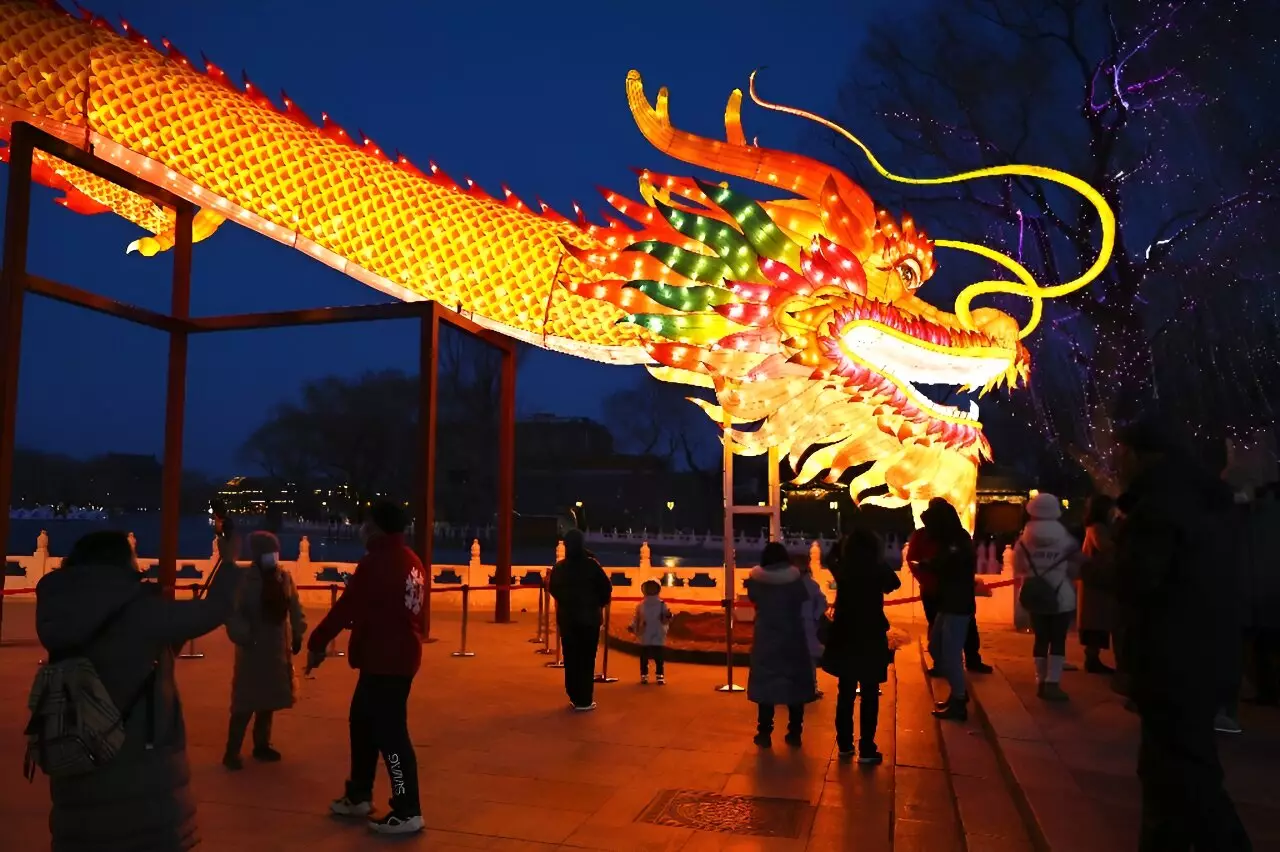China’s new year holiday spending last week surged past pre-pandemic levels, official figures showed, a rare bright spot for an economy struggling with sluggish consumption and deflation. Domestic spending on entertainment, dining, and travel soared during this year’s “Golden Week,” which officially ended on Saturday, according to a statement from Beijing’s Ministry of Culture and Tourism on Sunday. Chinese travelers made 474 million trips across the country during the eight-day break, up 19 percent from 2019, showing the world’s largest annual migration. Additionally, domestic spending on tourism came in at 632.7 billion yuan ($87.9 billion), marking a 7.7 percent increase from 2019, according to the ministry’s report.
Pent-Up Demand Unleashed but Caution Remains
The latest holiday data indicated that there was a substantial pent-up demand waiting to be released into the market, as noted by Ting Lu, chief China economist at Nomura. However, Lu cautioned against overly optimistic interpretations of the strong spending figures, emphasizing the significant impact of the low base from last year during the height of the COVID ‘exit wave.’ While the total spending showed an increase, the average spending per trip saw a decrease of 9.5 percent from 2019, according to Nomura’s calculations. Analysts at Goldman Sachs also highlighted the influence of a slightly longer-than-usual holiday period this year, contributing to record cross-region passenger flows and encouraging more long-haul travels, a factor that also played a role in the increased spending.
The holiday spending surge came amidst an ongoing struggle by Chinese officials to reignite growth in light of a persistent property-sector crisis, rising youth unemployment rates, and a global economic slowdown impacting demand for Chinese goods. Despite efforts to implement targeted measures and issue sovereign bonds worth billions of dollars to stimulate infrastructure spending and consumption, the results have been limited. Recent initiatives such as central bank interest rate cuts and measures to enhance lending have not yet had a significant impact on the economic landscape, with consumer prices experiencing a sharp decline in January, marking the quickest rate in over 14 years.
While the surge in holiday spending during China’s new year celebrations offers a glimpse of hope for economic recovery post-pandemic, challenges persist as policymakers grapple with a complex web of issues affecting growth and stability. The positive signs of increased domestic spending and travel indicate resilience and adaptability within the economy, but caution must be exercised when interpreting these figures amidst a backdrop of broader economic challenges. As China continues to navigate uncertain terrain, a strategic and coordinated approach will be essential in addressing the multifaceted issues impacting the country’s economic trajectory. Only through prudent decision-making and targeted interventions can China hope to overcome the hurdles and build a sustainable path towards long-term prosperity and stability.


Leave a Reply